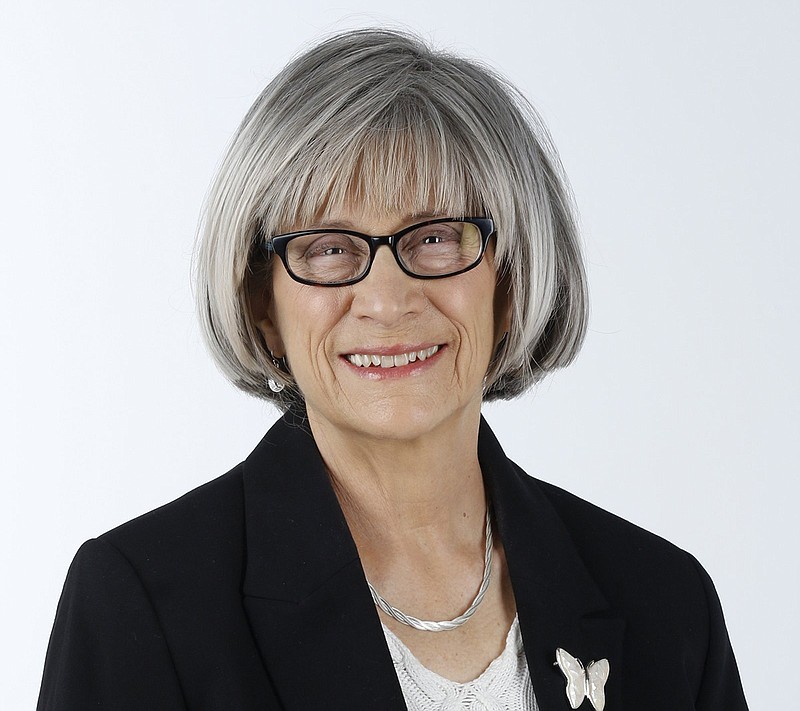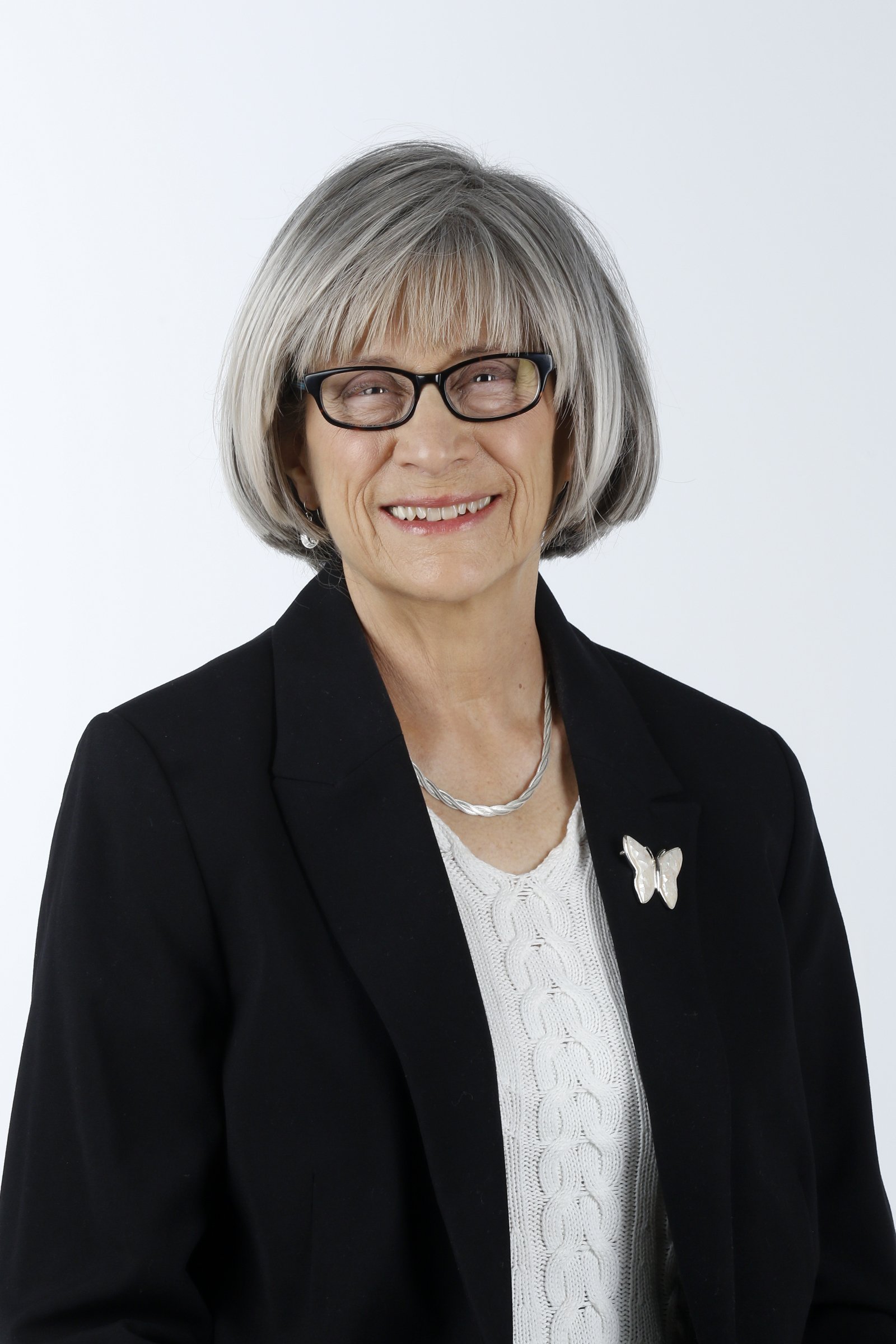Of the top stories summing up 2018 and predictions for 2019, few mentioned the escalating rate of suicide. Adjusted for age, the annual U.S. suicide rate increased 24 percent between 1999 and 2014, the highest rate recorded in 28 years. Yet, despite about 129 suicides a day across the country, the topic remains in the shadows.
You may think Tennessee is an exception, but we have twice as many suicides as homicides. With a suicide rate well above the national average, suicide is the 10th highest cause of death in our state. Tennessee averages one suicide every eight hours. And the situation continually worsens. The Tennessee Suicide Prevention Network reports that suicide deaths have steadily increased over the last 35 years since they've been monitoring suicide.
As horrible as these rankings are, we should be even more alarmed by the statistics for young people. Suicide is the third leading cause of death for ages 15-24 and the second leading cause of death for ages 25-34. And then there's the mind-numbing numbers for children and teens ages 10-18, with one suicide death every week. Metro areas, including Hamilton County, are likely to see that number increase.
The problem hasn't gone unnoticed. The Tennessee Suicide Prevention Network is a public-private partnership overseen by a gubernatorial appointed advisory council. Tennessee's Youth Suicide Prevention Plan was revised in 2018 and Tennessee law requires an annual in-service training in suicide prevention for teachers and principals. School districts are required to adopt a policy on student suicide prevention and intervention. The Department of Education is responsible for the establishment of a model policy to assist school districts in developing their own policies.
In addition to that policy, certified or licensed professional counselors, marital and family therapists, clinical pastoral therapists, social workers, alcohol and drug abuse counselors, and occupational therapists are required to receive at least two hours of training at least once every five years in suicide prevention, assessment and treatment. However, that requirement doesn't kick in until after January 2020, which points to a larger problem.
As a nation, we haven't been smart about mental health. Public psychiatric facilities have closed in increasing numbers, but the challenge cannot be met by simply reinstating institutions. A lack of psychiatrists who specialize in treating children and adolescents must be addressed. Nationwide, about 8,300 practicing child and adolescent psychiatrists are trying to serve 15 million youths in need of help.
Medical students often aim for better paying specialties, but it's not just money that causes them to dismiss psychiatry in general, and child psychiatry in particular. The profession is hard and demanding, mentally and physically. It requires additional training which can complicate the high cost of medical education. And there's more prestige given to non-mental health specialists. One third of fellowships in child psychiatry go unfilled for lack of applicants. The pipeline should be a steady flow, but it's more like a slow drip.
There needs to be a cultural shift on mental health and psychiatry. Pay close attention to this year's discussions of health care. Many changes will be debated, and we need to insist that mental health be a priority. Whether its insurance companies, medical colleges or government policies, mental health should be considered a national emergency. Understand the consequences of those policies on psychiatric care for children and adolescents. Lobby for the best possible outcome. Don't let our youth, our future, slip away unheard and untreated.
Contact Deborah Levine, an author, trainer/coach and editor of the American Diversity Report, at deborah@diversityreport.com.

